Toyota's first all-electric car, the bZ4X, went on sale in May. A few days ago it was revealed that it sent 'recall emails' to owners - the wheels could come off when driving short distances.
For Toyota, the once unassailable hybrid pioneer, the first all-electric car came too late and the first scandal came too soon. Think back to more than two decades ago, when the Prius, the world's first mass-produced hybrid, was introduced, and even Hollywood's hottest star, Leonardo DiCaprio, was smitten.
Toyota has been studying NiMH and Li-ion batteries for many years, and is aware of the energy density limit of Li-ion batteries.
Toyota's judgment is scientific and the path to development is winding. The emergence of Tesla across the board has made lithium batteries, lithium mining, and the electric vehicle industry as a whole, the most talked about commodity sector in recent years, and has led to the most promising manufacturing sector in the world under the 'carbon reduction' goal.

▲ Five years on, the electric truck Semi is finally here
Recently, Musk gave the lithium-ion truck world another shot in the arm with his announcement that the electric truck Semi is being delivered this year.
Since this year, the price of lithium ore has risen wildly, and major car companies have been grabbing mines globally. GAC says it works for Ningde Times, who says profits are very slim. Without lithium, hydrogen fuel cells are back in the public eye again.
Toyota vs Tesla, the battle of two routes
In the late nineties, when Toyota's first generation hybrid Prius was introduced, Tesla was not yet born. Fifteen years later, in 2012, the Prius series sold 4 million units worldwide.
That same year, Tesla launched the Model S, proving that electric cars, while expensive, are not bad in range and not bad in power, and are perfectly suitable for home use. From then on, the face of 'green' was no longer Toyota, but Tesla - the new leader in green transportation.
Toyota ignores the significance of the times that Tesla represents. Although Toyota has also invested in Tesla, it sees the startup not as a threat, but as a small player that can complement its own chain of industries.
The two companies don't compete in the same field; Toyota is a global automotive giant and Tesla is just a small American automaker. Also, Toyota sees hybrids as a stopgap measure and a pre-hydrogen fuel cell ready alternative.

▲ The glow-in-the-dark version of the Prius that went on sale last fall
Toyota is ignoring some seemingly subtle but 'butterfly effect' factors that are going to cause a storm. It's true that hybrids are just a bridge to clean fuel vehicles, but Toyota can't figure out the length of that bridge. BlackBerry refuses to imitate the iPhone, and Toyota can't see Tesla because BlackBerry thinks it will need a physical keyboard for the next decade or so, and Toyota thinks it will need gasoline for decades to come.
A larger context for Tesla's expansion is that governments around the world are looking at the 'green economy' and restricting or banning fossil fuel vehicles. The various policies were introduced much earlier than Toyota had anticipated. The policies have resulted in massive subsidies that have contributed to lower prices for electric cars and an expanded charging infrastructure that has brought more consumer interest, while all is not yet ready for hydrogen fuel cell cars.
In order to protect the investments already poured in, and to stick to its judgment, Toyota has been lobbying governments, especially the US government, heavily against electric cars. Since it can't influence the opposition, it must at least influence the ref.
But time was running out. iPhone and Android phones were launched and BlackBerry sales continued to grow for years. Today, BlackBerry's share of the mobile phone market is zero.
The car market is slower to change than the mobile phone market, but Toyota is still in a hurry to launch the bZ4X. bZ, beyond Zero, stands for "beyond zero" emissions electric vehicle; 4X means compact crossover SUV, similar to the equivalent size RAV4. electric bZ models by 2025.
The bZ4X's numbers aren't very good, acceleration isn't very fast and the range isn't very long. The 0-100 km/h acceleration time is 8.4 seconds and 7.7 seconds for the front-wheel drive and four-wheel drive models, respectively. Both models are powered by a lithium-ion battery pack with a capacity of 71.4 kWh and have a range of 460 km and 500 km respectively.
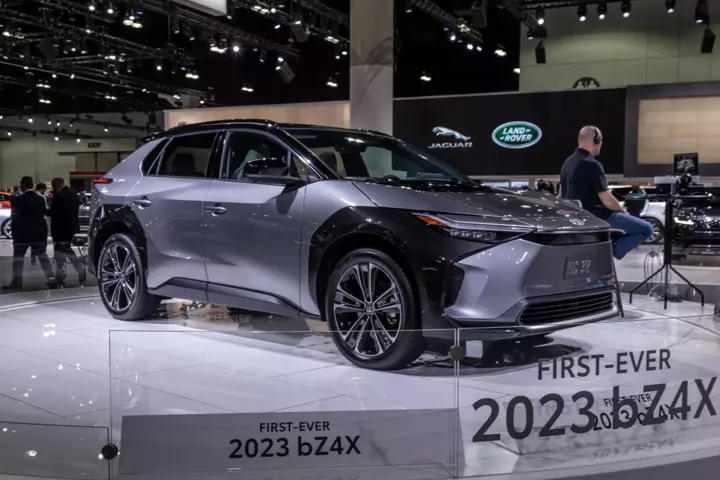
The bZ4X sets the steering wheel rotation angle to ±150°, so that the driver can complete the steering operation without changing hands to hit the wheel.
The biggest highlight, or gimmick, is its solar-paneled panoramic sunroof, which can power the car for nearly 1,800 kilometres of driving per year, a figure that has yet to be verified.
Before the practicality of "sunroof power" could be verified, Toyota, with 25 years of experience in electrification, had its first electric car, the bZ4X, revealed to be "off the wheel".
Technology vs. politics, behind the battle of the lines
The battle between lithium batteries and hydrogen fuel cells is a struggle between two routes.
From a technology route perspective, hydrogen fuel cells are better than lithium batteries in terms of range, refueling time, longevity, recyclability, durability, and energy density. Toyota has been drilling power cells for years, and its strong confidence in the advantages of hydrogen fuel is not unfounded.
Like a hydrogen fuel cell, it can be fully charged in three to five minutes. Lithium battery packs take seven to eight hours to charge, and charging them too fast can burn them out. Like lithium batteries generally have 500 to 800 charge cycles, plus the driver's driving style, the life of the car seven to ten years. And hydrogen fueled cars have no problem driving for twenty years.
Like Li-ion battery electric cars, warm places are better suited, but not high latitudes or cold areas. A Tesla owner in Beijing previously complained that he had an "electric dad", one reason is that he had to drive with a blanket in winter - he didn't dare to turn on the air conditioning, and the power dropped too fast. Hydrogen fuel, on the other hand, is not afraid of extreme cold or heat, and is a must for spacecraft flying off the planet.
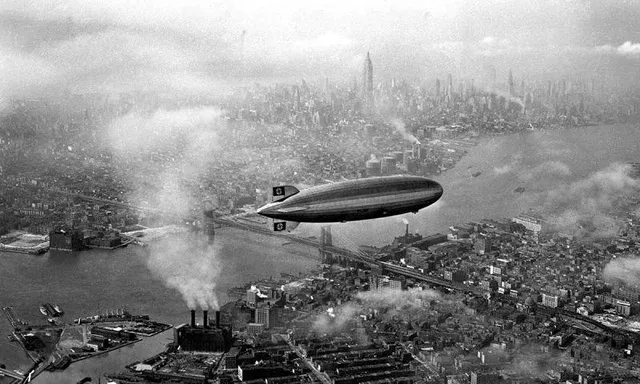
In 1937, the German airship Hindenburg exploded at high altitude, leading directly to the demise of the airship industry.
The fundamental issue is still energy density. Hydrogen has a high energy density and is the lightest element in the universe, and hydrogen fuel cells therefore have a significant weight advantage. Lithium battery packs are heavy, so heavy that vans simply can't use them, which is why hydrogen fuel cells have so far been widely used in buses and large vans.
Data from a commercial truck manufacturer shows a twenty-ton truck with a deadweight of seven tons, a two-and-a-half-ton lithium battery pack, and a range of 200 kilometers, leaving room for a ten-ton load; if the range is increased to the typical value of 500 kilometers, at least another three tons of battery pack is added, at which point there is only room for a seven- or eight-ton load - the truck pulls too little and there is no profitability to speak of.
Many people are going to ask, will the energy density of lithium batteries increase as technology advances?
It won't. It's a physical principle that dictates this. What a battery does is a redox reaction, gaining or losing electrons, before producing an electric current. The density of electrons is the density of energy. The five elements suitable for making batteries have electron utilization rates of hydrogen (100%), carbon (66%), boron (60%), beryllium (50%), and lithium (33%).
The lithium cobalt acid batteries used by Tesla are already the most 'perfect' lithium batteries on the market, and there is almost a fifty-fold difference in energy density compared to hydrocarbon petroleum; the difference in energy density with hydrogen fuel cells is even greater.
The only energy source that is more 'powerful' than fossil fuels is hydrogen, nuclear energy.
With such a bright future for hydrogen fuel cells, why hasn't Toyota gone through with it?
First of all, it is difficult to preserve. Pure hydrogen is explosive. The Hindenburg crash was caused by an explosion of hydrogen, and since then all airships have switched to helium.
Secondly, it is inefficient, because to get pure hydrogen, one either relies on fossil fuel purification and refining, a process that is not environmentally friendly - the output of hydrogen emits toxic substances such as sulfides, and lacks the means to effectively detect them; or relies on electrolysis, which is too inefficient, during which half the energy is lost, and then cooled, transported and stored, which consumes more energy.
Combined with little supporting infrastructure, automakers who developed hydrogen fuel cells in the early years have become disenchanted.
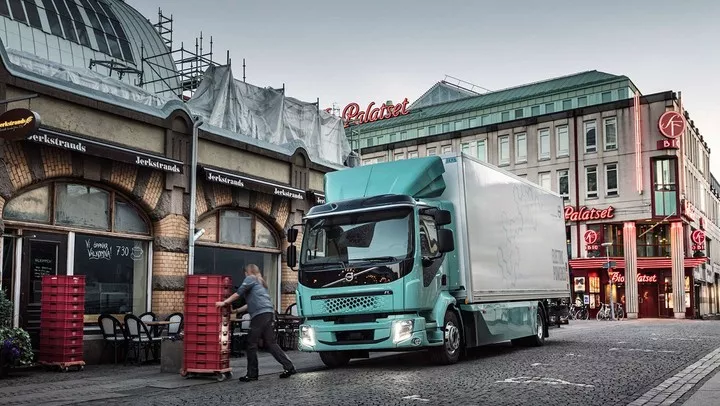
▲ Volvo, Daimler, Traton plan to form electric truck charging network in Europe
It comes down to the question of political lines.
European car companies began laying out hydrogen fuel cells 20 years ago, with Mercedes, Ford and Nissan developing a joint venture in Canada to develop fuel cells. The German auto industry dominates Europe, but has been taking the clean diesel route to meet EU standards, a choice that has made it difficult to get hydrogen fuel cell applications off the ground.
Europe is also turning to lithium battery electric vehicles after the "Emissionsgate" scandal. VW is the most aggressive, as it has neither the accumulation of new energy technologies nor the home base of fuel cells. Mercedes-Benz has also abandoned the hydrogen fuel cell passenger car technology route. Daimler and Volvo have a joint venture to develop hydrogen fuel cells for commercial vehicles.
Today's lithium battery car market, the United States and China are strong. The United States has been taking the lithium battery car route, adhere to the hydrogen route of Toyota and Hyundai, where the market in Japan and South Korea is very small, years of lobbying, but also not too much to impress the main passenger car market in the United States, but took most of the market share of the United States hydrogen-fueled commercial vehicles.
China's power grids and oil companies have strong stability, and with a huge domestic market, support for lithium batteries has already yielded results. the domestic hydrogen energy market gradually kicked off after Premier Li Keqiang's visit to Japan in 2018. With the market volume of 'internal circulation', it is sufficient to develop both lithium batteries and hydrogen fuel cells to layout the passenger car and commercial vehicle markets.
Energy storage cells vs. fuel cells, reality vs. future
On August 10, North American Eastern Time, Musk took to social media to announce the delivery of the 500-mile range (long-range version, 804 km) electric truck Semi this year. The 'heavy truck', which has been skipping since its 'reveal' in 2017, has suddenly shown up.
The all-electric Semi wants to repeat the Model S's story of "disrupting" the Prius by taking on the "large load and long range" heavy truck segment, which focuses on hydrogen fuel cells.
According to Musk, the Semi has 500 kWh of battery energy and a maximum range of more than 1,000 km. Equipped with the latest 4680 all-ear battery, it has 500% more energy density and 600% more power output than the original 18650 battery, but requires good thermal conditions.
It is equipped with four electric motors and has a combined system power of over 1000 hp, with a 0-100 km/h acceleration time of 20 seconds when fully loaded with 40 tons of cargo, and breaks 100 in 5 seconds when empty. With a "bullet-head" design at the head, the wind resistance coefficient is only 0.36, which can better reduce electric consumption.
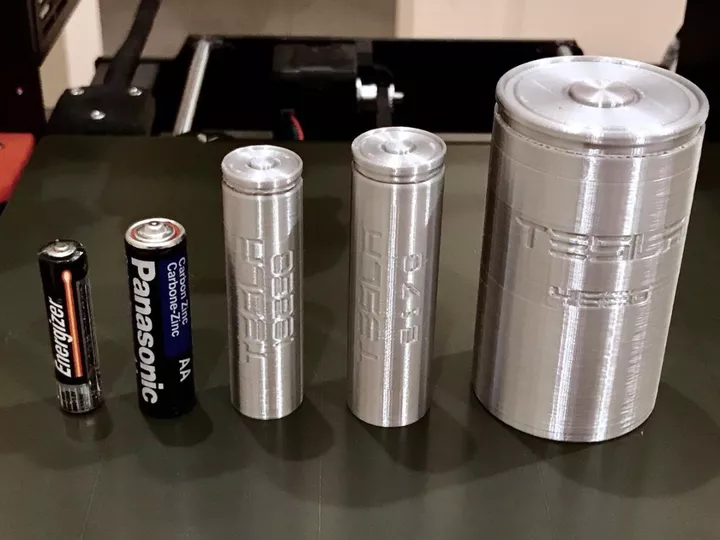
▲ Comparison of Battery 7, Battery 5, 18650, 2170 and 4680
The weight of the Semi's battery pack has not yet been revealed, so it's impossible to estimate its actual cargo capacity and compare it to other hydrogen-fueled heavy trucks. For reference, a Model Y requires approximately 960 4680 cells, with a battery pack weight of around 800 kilograms.
In the case of hydrogen fuel cell trucks, the average daily mileage of fuel cells is nearly twice that of lithium batteries, based on fuel cell versus lithium battery operating data for logistics vehicles in Beijing, Shanghai and Guangzhou. For the same range, fuel cell vehicles carry slightly more than 5% more weight than lithium battery vehicles.
Note that on August 9, Tesla just signed a contract worth about $5 billion to buy battery materials from nickel processing companies in Indonesia, the equivalent of a 'mine grab' down under. Also, Tesla has 'poached' people from Bosch and SAFT who work on fuel cells and hydrofluoric acid batteries.
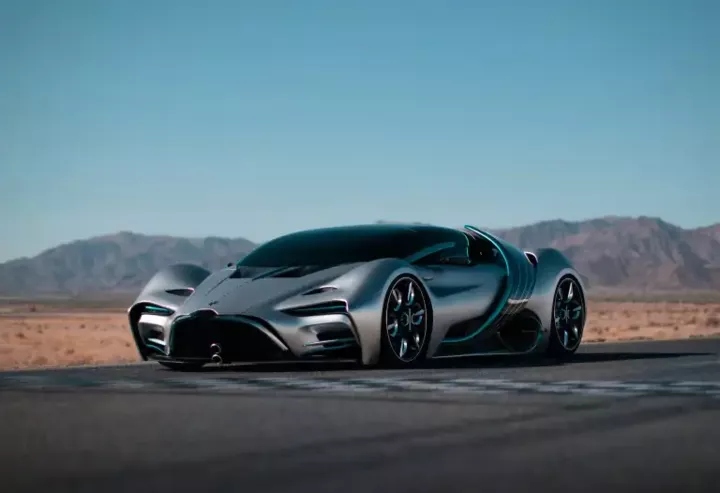
▲ Hyperion's first hydrogen-powered supercar, the XP-1
At present, the application of hydrogen fuel cells can not compete with lithium batteries, the most fundamental problem is that the two types are different and the energy conversion difference is large. Lithium battery is an energy storage battery, and hydrogen fuel cell is a fuel cell, and the latter has to take an extra step of consuming energy to refine energy, unlike the former which can directly store electricity, and the efficiency is greatly reduced.
The business logic of fuel cells and energy storage cells is also completely different. The fuel cell industry is similar to the gas heating industry in that it has to accumulate cash flow by constantly developing new projects and then invest in new projects to repeat the rollover. China currently has 36 million trucks and 240 million passenger cars, so the difference in volume is huge, and it is difficult for fuel cells to make money by a single link.
There is a 'valley of death' in the hydrogen energy world: until the industry reaches a certain volume, the entire business chain loses money and cash flow remains negative. Where is the tipping point? The U.S. Energy Agency estimates that it will be 100,000 hydrogen vehicles per year before they are at parity with trams. China's annual production is around 1,000 units.
The "Valley of Death" phase relies entirely on state subsidies, but it is difficult to judge precisely how large the subsidies will be and how they will be implemented.
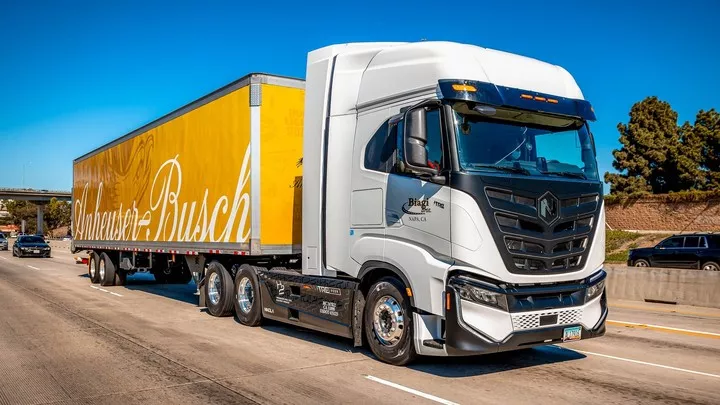
▲ Nikola, founded in 2015, is an American hybrid truck design company with a focus on hydrogen heavy trucks and hydrogen refueling stations
The way a hydrogen fuel cell company would operate, it would 'take' a different city or region, like a gas company, and build hydrogen filling stations and load vehicles. And there is exclusivity, one company operates an area and no other can, which means once you get a certain area, you get subsidies for at least a decade or so.
Nikola, an American hydrogen fuel cell heavy truck company, has a model where the customer buys the vehicle and does not have to pay for hydrogen refueling. The company takes care of setting up hydrogen refuelling stations at warehouses at both ends of the logistics company, or leasing the vehicles to customers to ensure that the customers running the routes are profitable enough.
The bottom line is that reality is reality and the future is the future.
The upper limit of hydrogen fuel cells is anyone's guess; after all, hydrogen is one of the most abundant elements in the universe. And the upper limit for lithium batteries is obvious, the minerals will run out one day.